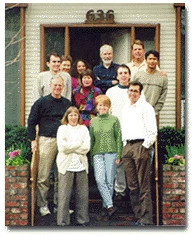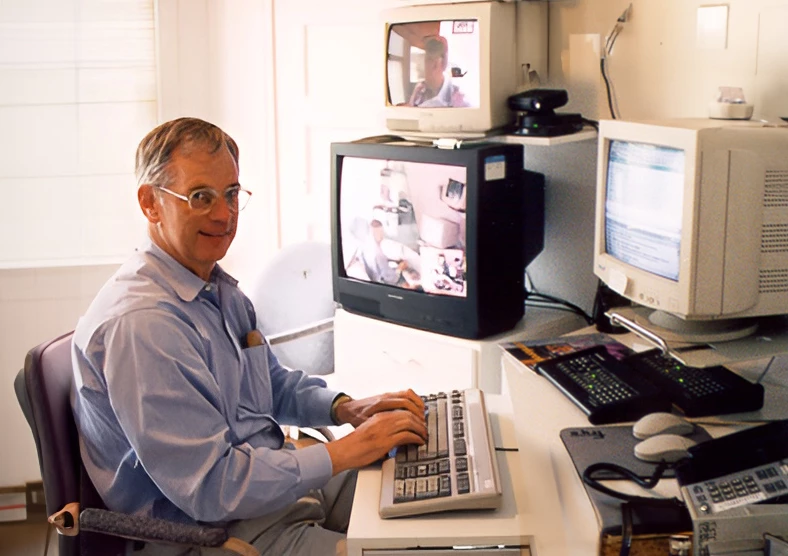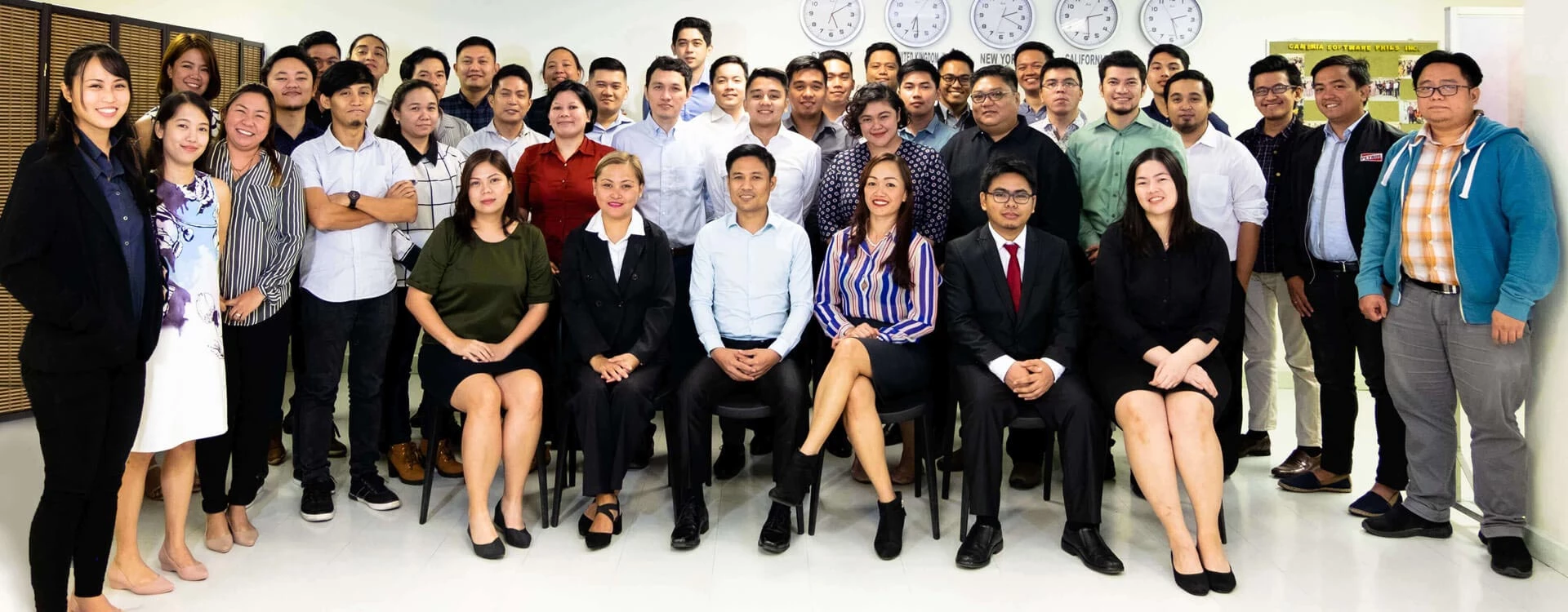

 Jenny Bacatio, VP Sales, Cambria Corporation
Jenny Bacatio, VP Sales, Cambria Corporation
Where to Outsource? India? Brazil? Eastern Europe?
Why the Phillippines? That is the question we asked for ourselves when we moved Cambria from the Silicon Valley to Manila in 2007.
Read why here. It is interesting and compelling.
Hint: The Philippines is second only to the United States in the number of people who speak high quality English! More than India! more than the UK! And it is American Style English! With remote programmers you will need to understand and be understood. Middle men will not cut it.
Software tools and programming languages change over time and new ones are introduced. However, it is largely the same old stuff with different syntax and updated to make programming easier. The best programmers can handle this. In 2000 we wrote lots of C/C++ code. But by the time we were asked in 2019 to write the NFL program described below we had no current C/C++ projects and had no experience in it for almost a decade. Based on our experience the client trusted we could do it and he was right. Today, partly due to this project and others springing from it, C++ programming is our largest activity.
Because of the dynamic nature of the software industry, it is not easy to summarize our programming capabilities. They are always changing. Click here to see what we are doing today. To get a better idea let's look below at how we used our time in the past.
 Cambria Staff of the late 1980s
Cambria Staff of the late 1980s
Cambria was founded in 1984, the year Philippe Khan shook up the software world with Turbo Pascal that allowed programmers to write, compile and debug their code in a single interface. Cambria immediately began creating programs using this revolutionary product which evolved into Delphi which we use still. During this decade of rapid change, a number of “XBase products” appeared such as dBase2, Paradox , Clipper and FoxPro, itself a revolutionary product, In the hands of Myrl Dunker, a Cambria FoxPro expert we fully computerized a Fortune 500 company over a ten-year span. Obsolete today but we still get calls to maintain old FoxPro apps..
Cambria made much more use of C and C++, especially for a series of projects for Mitsubishi and their lines of hardware. One of these projects, written by Dick and Sasha Bernstein, was a full fledged video conferencing program making use of Mitsubishi hardware and requiring extensive Assembler Programming. We made heavy use of Turbo Pascal and began writing object-oriented software. We continued our FoxPro work but Increasingly we made use of Microsoft Access and started using Active Server Pages (ASP) for dynamic web pages.
 Dick Programming Mitsubishi's video conference application
Dick Programming Mitsubishi's video conference application
 Off we go to the Philippines
Off we go to the Philippines
Web Programming replaced desktop programming as our focus, and we mastered tools such as Perl, Php, and Microsoft's ASP. We also experienced the recession of 2001 which caused most clients to postpone or cancel programming plans. Worse, some clients such as Mitsubishi America shut their doors. Then something new – overseas competitors killing us on price. We ducked the 2008 recession and met the new competition by leaving Silicon Valley for the Philippines in 2007.
This decade saw our Philippine staff replacing our Silicon Valley office as our major programming center. Desktop languages Delphi, Access and others still in use but Web programming, already a major activity, became our main focus using C#, PHP, Python and JavaScript. Desktop programming decreased but using Swift to write iPhone aps began to get us into the mobile programming business.
 Recent picture of Cambria Staff but not including augmentation employees
Recent picture of Cambria Staff but not including augmentation employees
 2020s: Mobile App Innovations
2020s: Mobile App Innovations
The 2020s saw Writing apps for mobile phones become our major activity followed by Web and Desktop Apps, and Web Design. The biggest single programming effort at Cambria today is an Objective C mobile app that enables cell phones to operate efficiently in venues where there is major competition for bandwidth. It is currently in use in NFL and MLB stadiums where a server is installed to boost performance of the application.
 The image shows the two most important Cambria staff responsible for satisfying the needs of our
first and largest Augmentation client. They are shown greeting our employees at our annual 2023
Christmas party which always included the augmented employees. (Joyce won best dressed prize
that year.) Joyce handled payroll and benefits whereas Jenny helped in hiring the first employees
and getting the project started.
The image shows the two most important Cambria staff responsible for satisfying the needs of our
first and largest Augmentation client. They are shown greeting our employees at our annual 2023
Christmas party which always included the augmented employees. (Joyce won best dressed prize
that year.) Joyce handled payroll and benefits whereas Jenny helped in hiring the first employees
and getting the project started.
As provided by Cambria this is a service to help clients out source employee related duties that are difficult for them to provide. So one solution is to hire someone else do it! Our first project of this kind is typical. An American client, wished to have programmers in the Philippines but did not know the local regulations regarding payroll. So they hired Cambra to:
Our second project was much different. Cambria did the hiring, reviewing, and termination if required. We also provided office space and computers. Since we were a programming company and they were not they figured we could do this and the project is still ongoing after 6 years with no end in sight.
We have no standard formula for this kind of contract. Each one is unique in what they wish us to do and how we decide to bill for it. If this appeals to you give Jenny a call and we will work something out.
Our second project was much different. Cambria did the hiring, reviewing, and termination if required. We also provided office space and computers. Since we were a programming company and they were not they figured we could do this and the project is still ongoing after 6 years with no end in sight.
We have no standard formula for this kind of contract. Each one is unique in what they wish us to do and how we decide to bill for it. If this appeals to you give Jenny a call and we will work something out.